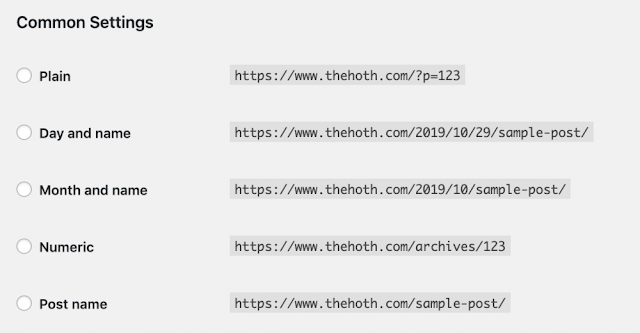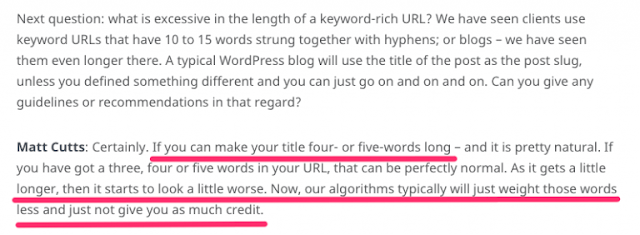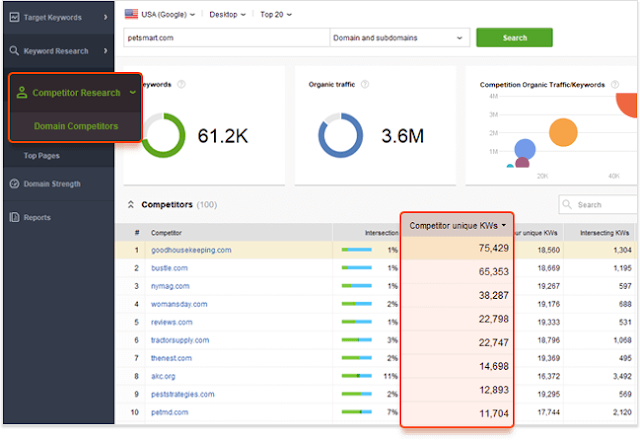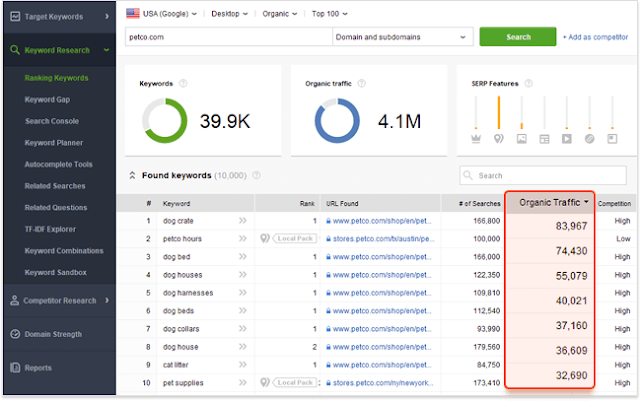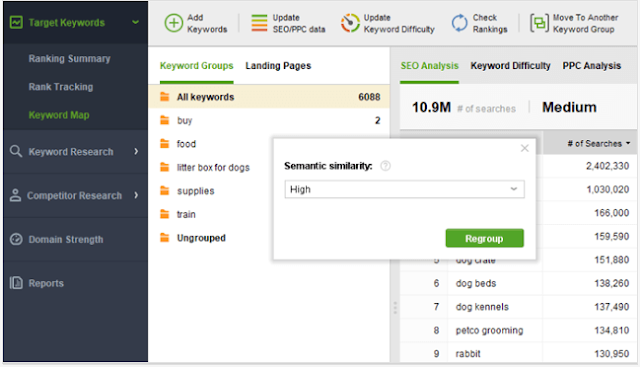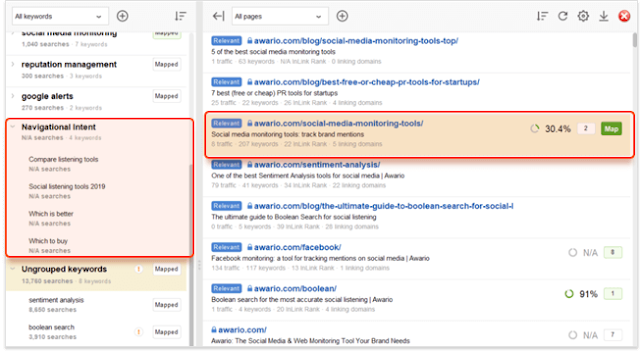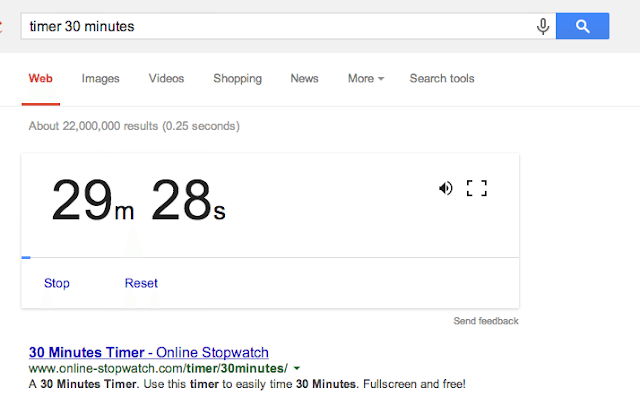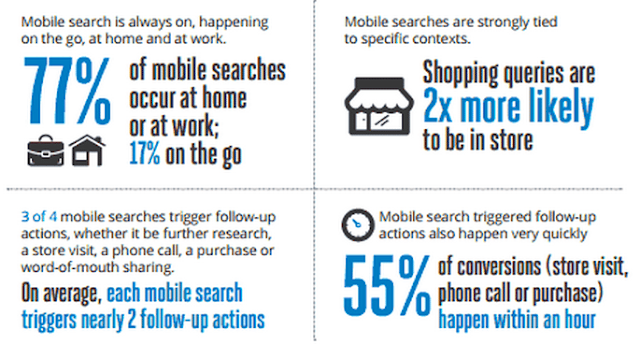YouTube is an enormous commercial center and YouTube SEO is the pathway to be a champ in that advertising.
Being a web advertiser, you ought to never disregard its capacity.
Just thing you have to know is, the way to rank YouTube recordings.
Today, In this minimal guide, I am going to share everything and…
… The best part?
You'll get just demonstrated YouTube SEO tips to rank number one.
Cautioning: This is the most refreshed and significant guide. Peruse just on the off chance that you need to get a large number of perspectives and endorsers to develop your business.
For YouTube, but at the same time, I'm going to share how to rank YouTube recordings on the first page of google.
Regardless of what sort of YouTuber are you, it's for you it is possible that you are hoping to offer your item or intending to gain from Ad-sense income.
How about we right make a plunge.
#1. YouTube Keyword Research
YouTube SEO is really a bit by bit procedure of enhancing your recordings.
The first and most significant advance is Keyword exploration.
What will you do right now?
You have to gather the right catchphrases for your video enhancement process. Simply make a rundown as indicated by your specialty and finish your objective catchphrases.
Since without the correct catchphrases, YouTube SEO is fragmented.
Do you know?
Numerous watchwords have great pursuit volume in google while low in YouTube and some are the other way around.
The question is: how to discover impeccable catchphrases?
Here is the arrangement:
These are straightforward strategies to discover ideal Keywords for your crusade.
1. YouTube Suggestions
The least difficult approach to discover catchphrases is YouTube Suggest.
You simply need to do is open YouTube and enter your principle catchphrase in YouTube Search.
Indeed, even before you complete composing your question in the hunt bar, YouTube will show many pursuit proposals identified with your inquiry.
For instance, suppose you wanna make a video identified with tie a tie:

YouTube Suggestion catchphrases are the best as they have a high Click Through Rate (CTR).
Indeed, even I don't type total questions when I search on YouTube or Google. I'll presumably tap on one of the recommendations.
Furthermore, I even have the best part right now.
I'm going to show you my Golden tip to utilize YouTube Suggest in a cutting edge way.
Here you go:
You can find right now:

Need more?
From these strategies, do various attempts with various catchphrases identified with your subject and add all recommendations to your rundown of watchwords.
We should proceed onward to the following technique.
2. Discover Video Keywords
One thing is to rank your video in YouTube and the following level is to rank your equivalent video in Google Search Results.
In the event that you'll be fruitful, you'll get 2 to multiple times more perspectives on your video.
Isn't it energizing?
This is actually where "Video Keywords" come into play. You just need to locate these brilliant terms and addition to your YouTube Video.
I'll tell you the best way to include these catchphrases in your YouTube video for SEO reasons, in the later piece of this guide. Be that as it may, first we have to discover these.
At the point when we search a few watchwords in Google, we typically get sites in SERP.
Be that as it may, for certain watchwords, when we search them in Google we get recordings alongside sites in indexed lists.
These are Video Keywords.
Progressively a number of video results imply more video well-disposed catchphrase.
Only for instance:

Here is the manner by which you can discover them.
Basically use beneath referenced words with your subject.
Catchphrases beginning with "How To"?
- Keywords starting with “How To”?
- Reviews
- Tutorials
- Keywords with the word “Video”?
- Songs/Movies
- Watch
For example:

Presently, it relies upon you.
I mean do tests while utilizing previously mentioned words alongside your specialty to make some video catchphrases.
You can even utilize the Google AdWords catchphrase instrument to get more thoughts.
In your rundown, keep video catchphrases set apart for various points.
At the hour of video streamlining, you have to utilize pertinent video catchphrases for every video.
It's insufficient, so how about we discover more.
3. Catchphrase Suggest Tool
OK! there is a cool apparatus (KeywordTool.io) to get catchphrase proposals for YouTube.
It's insufficient, so we should discover more.
3. Catchphrase Suggest Tool
OK! there is a cool apparatus (KeywordTool.io) to get catchphrase proposals for YouTube.

Simply make sure to choose "YouTube" before entering your seed (primary) catchphrase in these apparatuses.
You can create a huge catchphrase rundown and afterward channel the rundown as indicated by your decision and your need.
The next technique is entirely cool also.
4. Video Tag's Extraction
You realize that If a channel is well known and their recordings are getting natural perspectives then it implies their recordings are appropriately enhanced.
They have utilized appropriate watchwords in their labels, which you can use to include your rundown of catchphrases.
However, how to get these Tags?
This is the thing that I called "Label Extraction"
Here are the means by which you can discover.
Introduce Chrome Extension "Vidic" to see the labels of a channel.

You can duplicate all labels and channel these to keep just important.
You can likewise look through your subject in the YouTube search bar and you can likewise utilize VidIq to see labels of top 5 or 10 videos. One thing to ensure here is to look through just applicable recordings.
5. Google Trends
Google Trends is basic and contains huge amounts of data to set-up our proficient forecasts about client aim.
In any case, do you realize you can get watchword thoughts identified with your theme through Google Trends?
How?
Allow me to appear.
Simply go to Google Trend and Search your theme and set channels as demonstrated as follows.

After this, you'll get all information on watchword just on YouTube.
Look down until you see the "Related questions" box.
Here you go:

You'll locate every other watchword which individuals additionally search identified with your point and you can utilize them in your recordings to get more perspectives.
These were the strategies to fabricate a huge rundown of watchwords for YouTube and some video catchphrases.
I trust you can have your rundowns prepared for additional activity.
More to go…
Find User Intention of the keyword
I trust all of you realize that the User expectation of a catchphrase is the genuine game.
So I would state, dive as deep as you can to anticipate the client's expectations before beginning any sort of SEO or web showcasing work.
All level-up SEOs realize that discovering the client's goal of a catchphrase is parcel more significant than searching for its inquiry volume.
Presently the thing is how to play with that thing?
It's very straightforward simply investigate any term/catchphrase and change the inquiry type from "Web Search" to "YouTube Search".
Here is the reality for clear understanding:

So I would state, dive as deep as you can to anticipate the client's expectations before beginning any sort of SEO or web showcasing work.
All level-up SEOs realize that discovering the client's goal of a catchphrase is parcel more significant than searching for its inquiry volume.
Presently the thing is how to play with that thing?
It's very straightforward simply investigate any term/catchphrase and change the inquiry type from "Web Search" to "YouTube Search".
Here is the reality for clear understanding:





